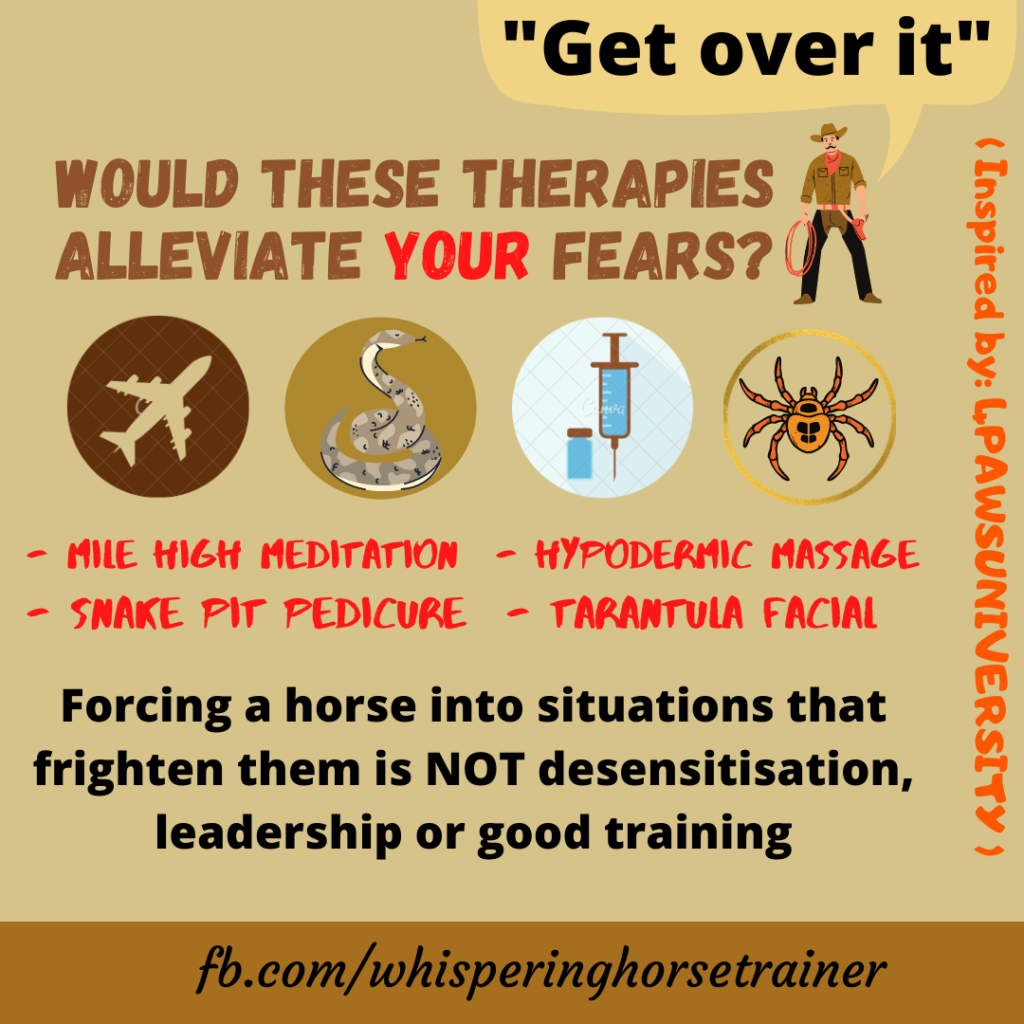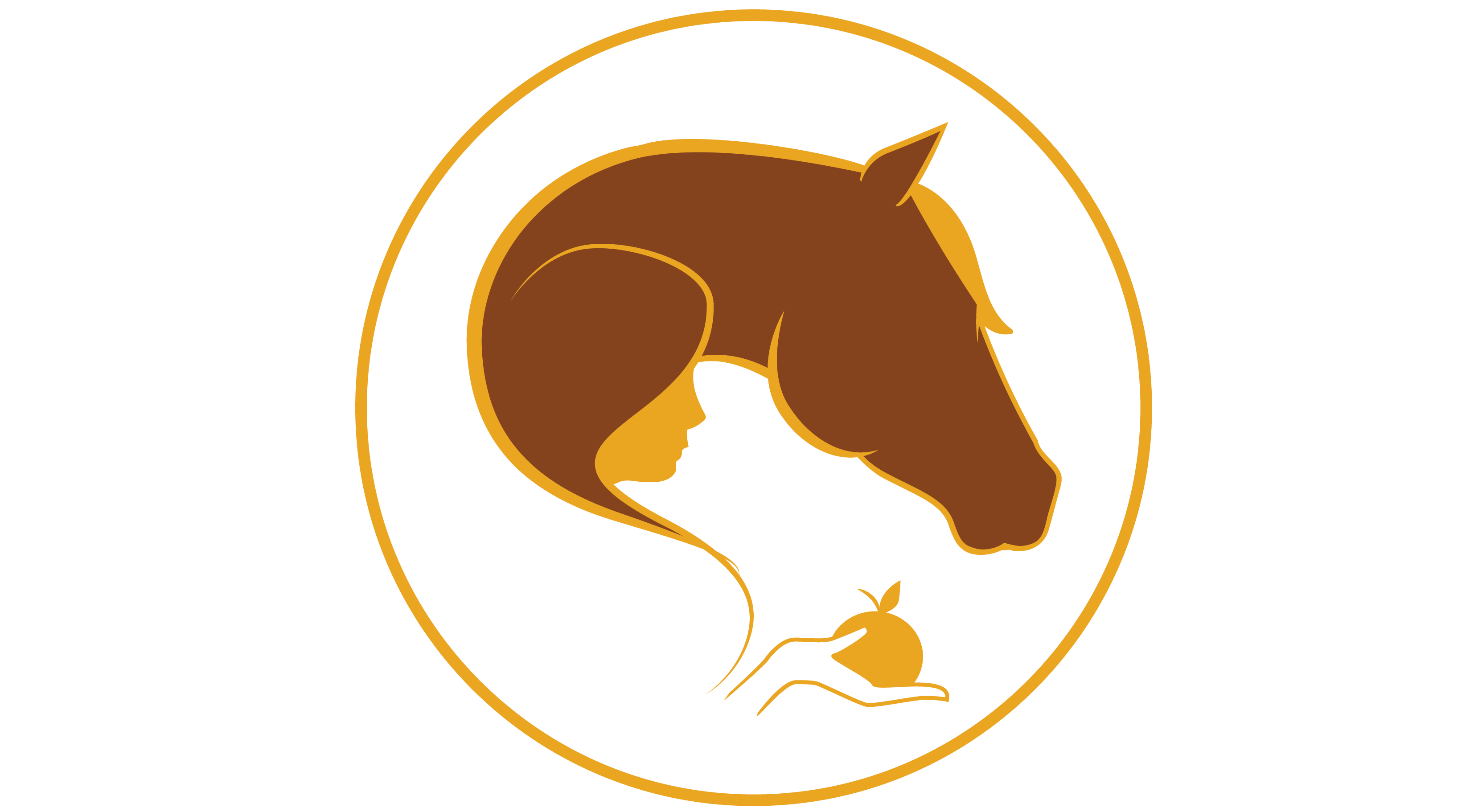How to Approach Fear in Equines from a Human & Ethical Training Perspective

Helping a horse who is experiencing fear should never be about making them “face their fear” or “get over it”. What can fear look like? It can look like anything from a horse freezing, refusing to go forward, baulking, napping, looking off into the distance, leaning away, rubbing their face on their knee, licking and chewing, yawning, looking generally tense and distracted or trying to run away. Any kind of attempt escape or avoid an object, location, situation etc is a good sign the equine is not comfortable.
The first thing we need to do to help horses experiencing fear, is to rule out pain as a reason. Pain can cause exaggerated or unexplained fear and/or aggression in animals, so it’s a good idea to eliminate it as a reason first.
Then we need to take a systematic approach. This means introducing the fear inducing stimulus at a distance/exposure that the horse only just notices it, no closer or stronger. At that moment, we pair the exposure with food. Incrementally we decrease the distance/ increase the exposure, so that in time after many pairings with food, the stimulus comes to be the predictor of food. This is called Systematic Desensitisation and Counter Conditioning.
We are systematically desensitising them without the horse even realising, keeping them well below their fear threshold at all times. At the same time we are turning their emotional response into a positive emotional valance. The horse sees the plastic tarpaulin for example, as a predictor that good things like food are coming soon and therefore causes a rush of pleasure.
That’s got to be better than being made to “face your fear”!!
One thing that’s very important is that we DON’T try to get the horse to go closer or *do something* for the food. For example, with the tarpaulin, we wouldn’t try to lure them towards it with a nose target and they only get the food when they step towards it or touch it. Worse, don’t scatter food on the tarpaulin and make them “face their fear” in order to get the food. It’s always best to do a simple pairing of food, not make the horse have to do something around something scary, before they can have the food.
Further reading on Desensitisation and Counter Conditioning with thanks and credit to Eileen Anderson at eileenanddogs.com :-
** Big thank you for the original infographic goes to 4PawsUniversity**

